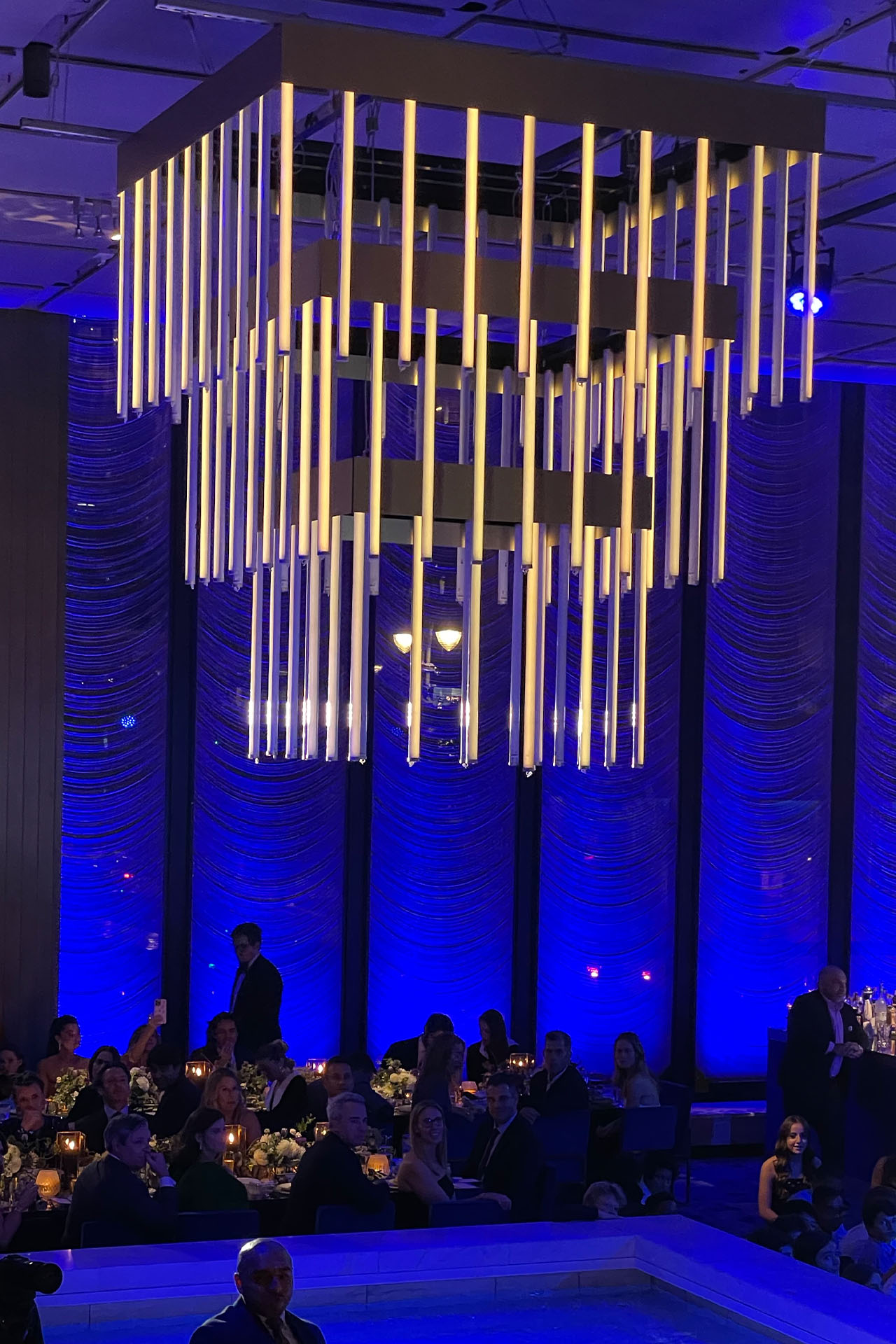Mastering the Art of Flawless Video Projection on Arched LED Walls for Stunning Visual Audience Experiences
Mastering the Art of Flawless Video Projection on Arched LED Walls for Stunning Visual Audience Experiences
Blog Article
Film mapping is an exciting technology that allows images and videos to be projected onto surfaces, creating breathtaking aesthetic experiences. When it comes to curved areas, perfecting this art can be a bit more challenging than casting onto level planes. Curved areas can encompass anything from the sides of structures to art pieces and even stages. Grasping how to efficiently map videos onto these forms is essential for creators, design professionals, and event organizers who want to develop immersive environments that enthrall viewers.
The first phase in footage mapping on rounded areas is to understand the shape of the surface. Rounded areas can be intricate, with varying degrees of curvature. To attain a seamless display, it is vital to create a 3D model of the area. This model helps in imagining how the video will appear when cast. Applications tools are accessible that permit users to create these representations and mimic the display. By precisely mapping the measurements and contours of the area, designers can guarantee that the footage aligns perfectly without warping.
Once the 3D representation is ready, the next step is to edit the footage content. This involves modifying the footage to suit the specific form and dimensions of the rounded surface. It is crucial to consider the perspectives and viewpoints from which the audience will view the display. The content should be crafted to improve the aesthetic experience, making it engaging and pertinent to the concept of the occasion or setup. Using premium graphics useful reference and motion graphics can significantly enhance the total effect of the projection.
After editing the content, the actual projection process begins. This includes placing up the projectors at the correct positions and spaces to guarantee that the footage aligns with the 3D model. Adjustment is a crucial part of this process. It may necessitate modifying the luminosity, contrast, and focus of the devices to obtain the optimal results. Additionally, using multiple devices may be required to cover bigger or more intricate areas. This method, known as edge blending, helps create a continuous visual across the entire area.
Finally, trialing the display is essential before the final show. This enables creators to make any necessary modifications to the video and device configurations. It is also an chance to see how the audience will perceive the display from various viewpoints. By ensuring that the footage mapping is flawless, designers can provide a stunning aesthetic experience that leaves a memorable impression. Perfecting footage mapping on rounded surfaces not only improves creative expression but also creates new possibilities for storytelling and viewer engagement in multiple settings.